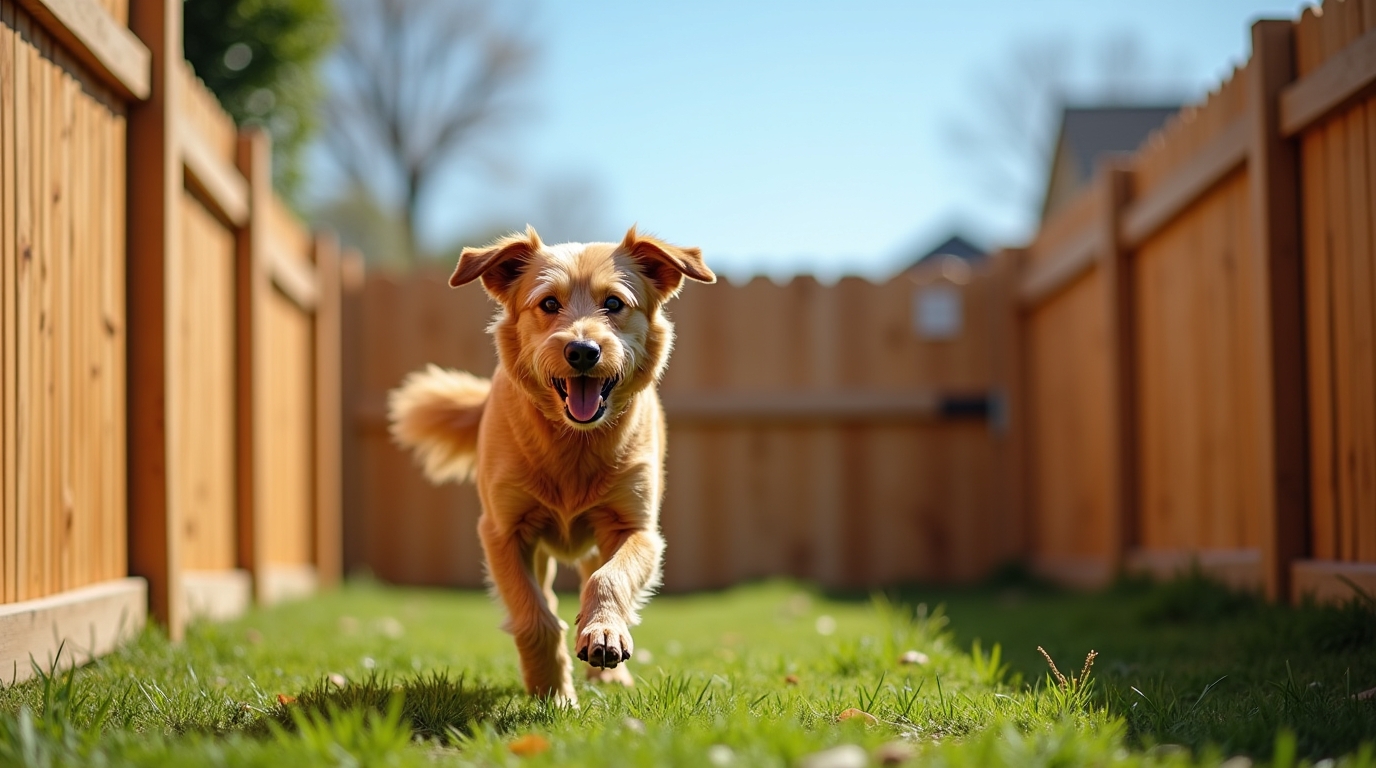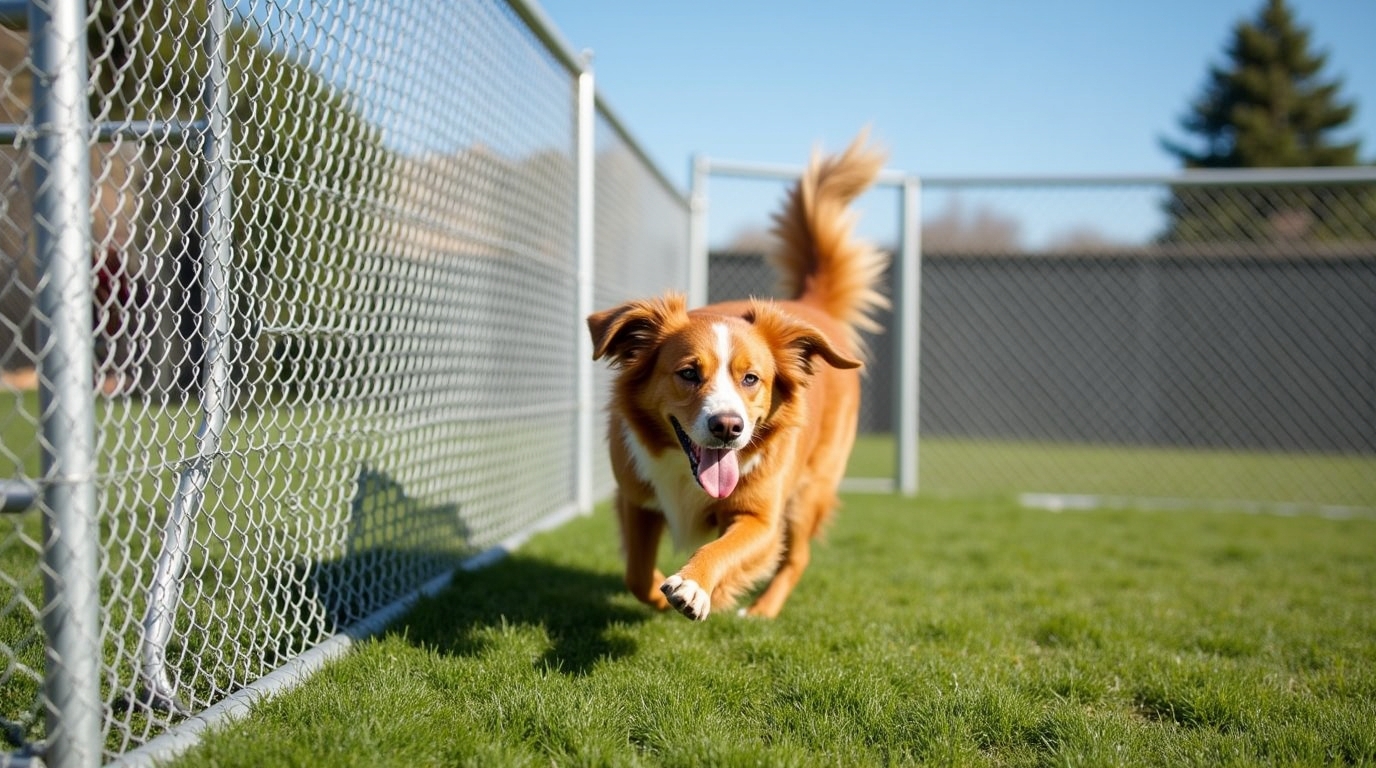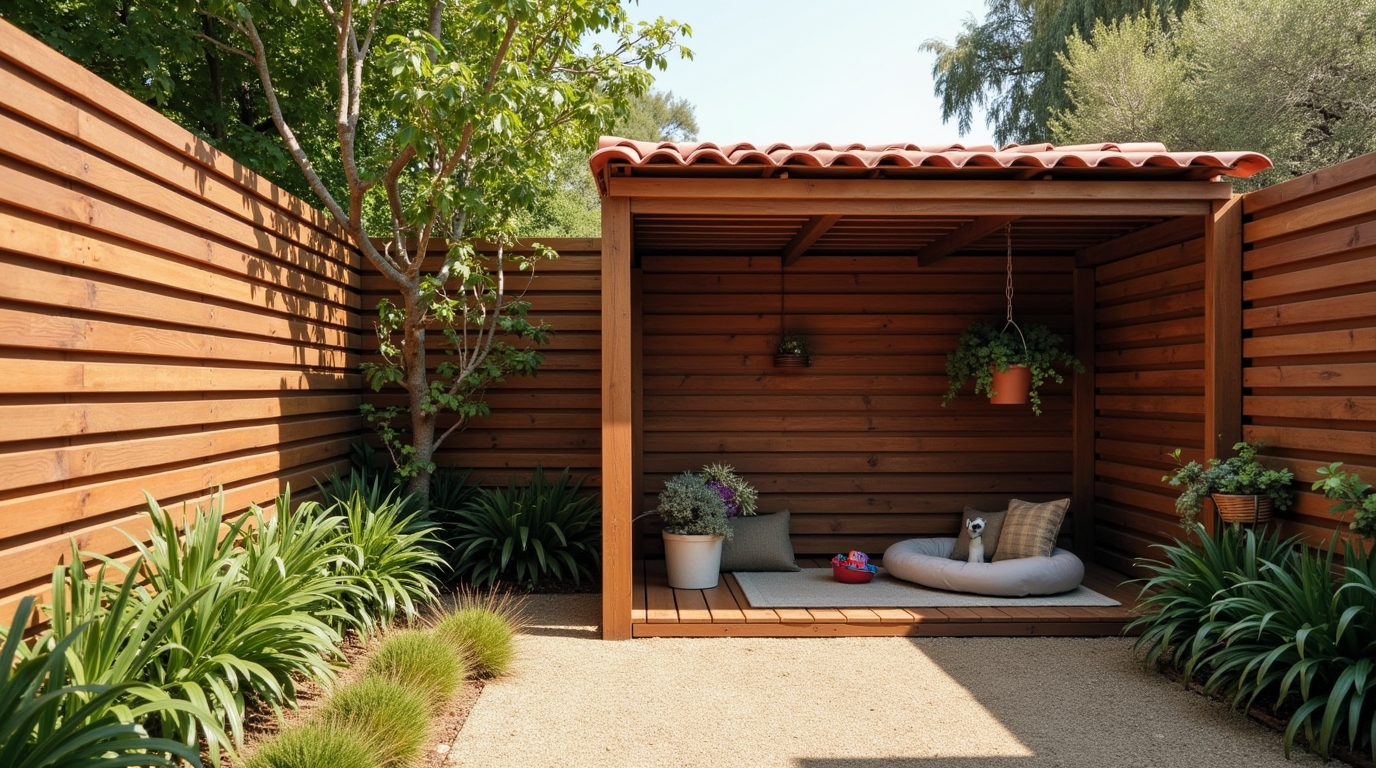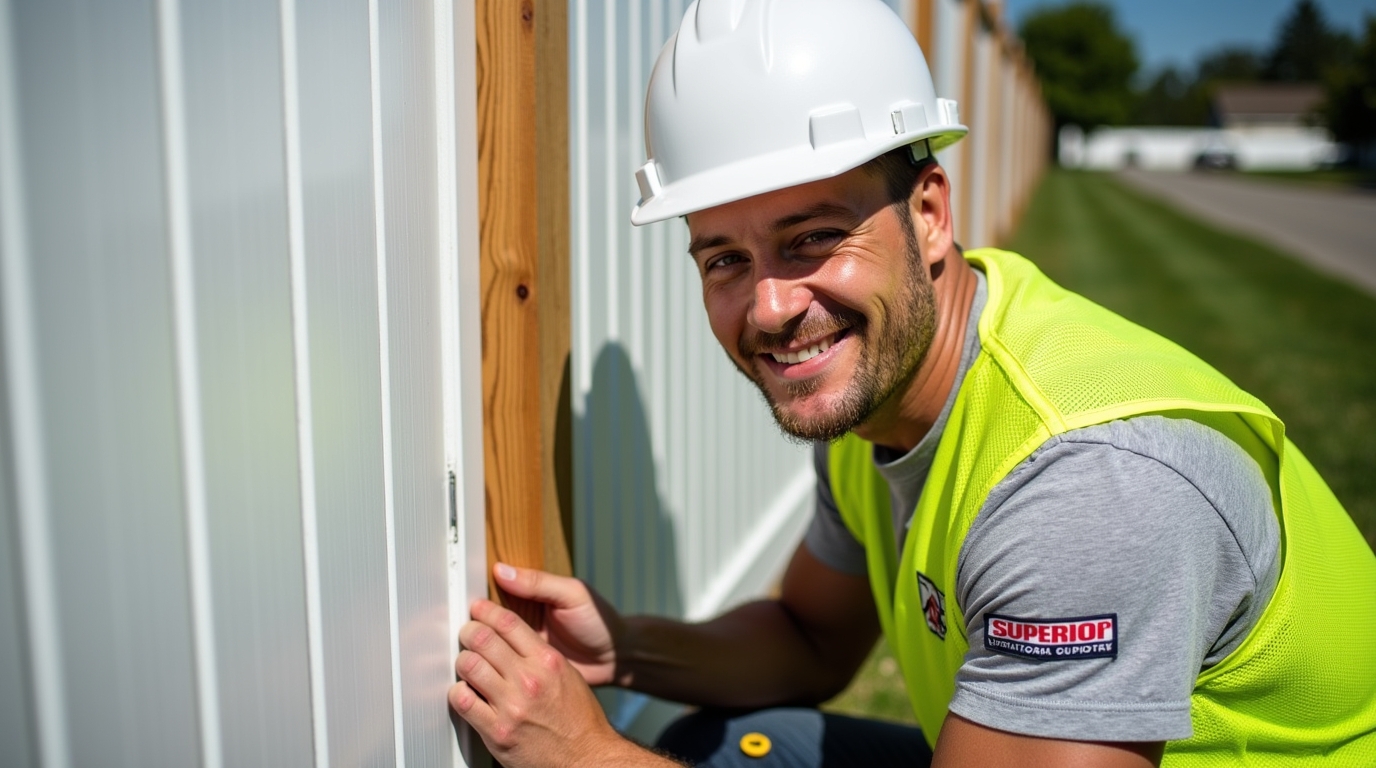
Installing the Right Fence for Dog Runs and Pet Enclosures
Installing the Right Fence for Dog Runs and Pet Enclosures
For pet owners, providing a secure and comfortable outdoor space for their furry friends is a top priority. Whether it’s a dog run in the backyard or a large enclosure on a rural property, the right fence can mean the difference between peace of mind and constant worry. This article explores the key considerations and best practices for installing fences specifically designed for dog runs and pet enclosures.
Why Fencing Matters for Pet Safety
According to the American Humane Society, over 10 million pets are lost each year in the United States. Many of these cases are due to inadequate fencing or a lack of secure enclosures. For dogs, in particular, the urge to explore can override training if boundaries are not clearly defined.
- Containment: A fence keeps pets within safe bounds, preventing accidents or getting lost.
- Security: Fencing keeps potential threats such as wildlife or intruding pets out of the space.
- Comfort: A well-designed enclosure creates a sense of space and freedom without sacrificing safety.
Choosing the Right Type of Fence
Every pet is different. Large dogs may require taller and more robust barriers, while smaller breeds might need closer spacing between rails or mesh to prevent escape. Here are the most effective types of fencing for pet enclosures:
Chain-Link Fences
Chain-link is one of the most popular options for dog runs due to its affordability, durability, and visibility. It allows pets to see out while staying securely enclosed. For added safety, vinyl-coated options can help prevent injuries.
Privacy Fences
For dogs prone to anxiety or overexcitement at external stimuli, privacy fences provide visual barriers to reduce barking or reactive behavior. These are usually constructed of wood or vinyl panels.
Welded Wire and Mesh Panels
Smaller pets benefit from welded wire or mesh panels, which prevent squeezing through or digging out. These are great for areas with multiple types of animals.
Portable or Temporary Fencing
Ideal for renters or for indoor-outdoor hybrid spaces, temporary fencing systems offer flexibility while still offering effective containment. These fences are easy to relocate or reconfigure as needed.
Height, Depth, and Spacing Considerations
To ensure pets cannot jump over or dig under, fence specifications should match their size and breed-specific behaviors:
- Fence Height: For large breeds like German Shepherds, fences should be at least 6 feet tall. For small to medium dogs, 4 to 5 feet is often sufficient.
- Underground Protection: Add gravel, concrete curbs, or buried wire fencing to deter digging beneath the fence line.
- Spacing: Horizontal and vertical gaps should be narrow enough to prevent a pet’s head or body from fitting through.
Case Study: Custom Dog Run Installation
One recent project by Superior Fence, a trusted fence company in Redford, Michigan, involved installing a 100-foot dog run for a client with three rescue dogs. The final design used a 6-foot vinyl privacy fence combined with a steel mesh underlayer and a gravel trench to prevent digging. The dogs adapted quickly to their new space, and the owner reported fewer behavioral issues and zero escape attempts within the first year.
Features That Add Value
Beyond the basics, adding thoughtful design features can enhance the utility and appeal of your pet enclosure:
- Double-Gated Entry: Helps prevent dogs from bolting during entry and exit.
- Shaded Areas: Install a canopy, pergola, or dog house to protect pets from sun and rain.
- Interactive Elements: Add agility items like ramps, tunnels, or sensory toys for stimulation.
- Access Points: Include a service gate for lawn care or vet access, secured with locks.
Maintenance Tips
Regular inspection and maintenance help prevent potential hazards. Look for signs of wear, such as rust, broken panels, or digging spots. Clean fences regularly, especially in high-pet-traffic areas, to prevent buildup of dirt and bacteria. Vinyl and aluminum require less upkeep than wood but still benefit from annual inspections.
Working with Professionals
While DIY installations can be cost-effective, working with a professional installer ensures code compliance, proper anchoring, and long-term durability. Superior Fence provides expert guidance on material selection and layout customization to suit specific pet needs. Their team understands zoning laws and will ensure the project is completed to the highest safety standards.
To begin a project or request a custom quote, visit their contact page.
Conclusion: A Safe Space Is a Happy Space
Fencing for dog runs and pet enclosures plays a crucial role in ensuring safety, encouraging exercise, and supporting behavioral health. With a range of materials and designs available, it is possible to create a customized space that aligns with your pet’s needs and your property aesthetics. Partnering with an experienced fence company in Taylor, Michigan, like Superior Fence guarantees a durable, attractive, and pet-friendly solution that offers peace of mind year-round.




0 comments